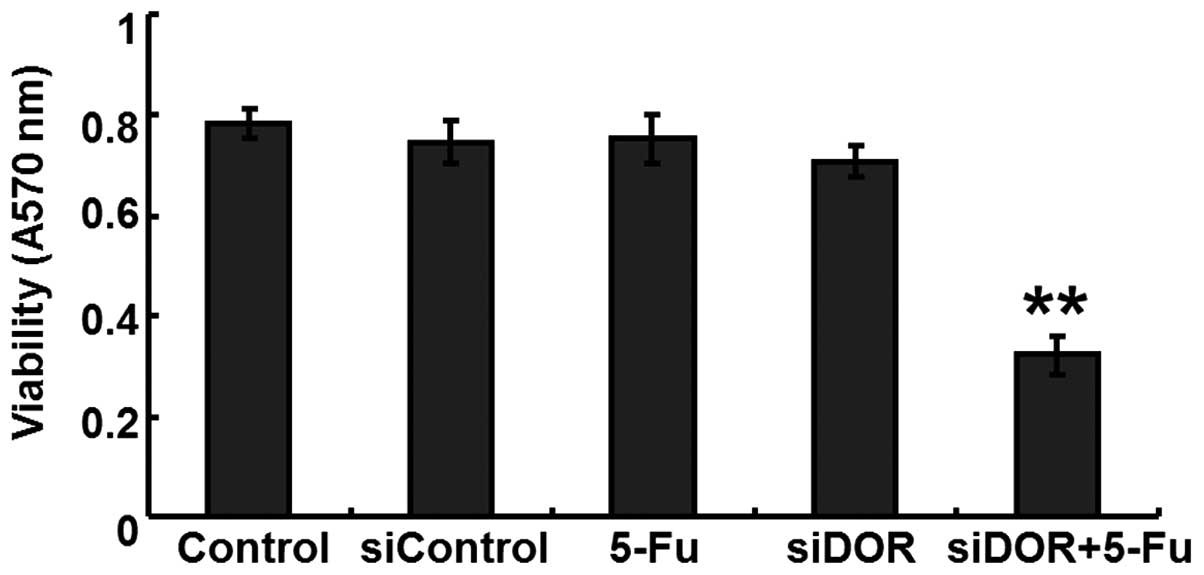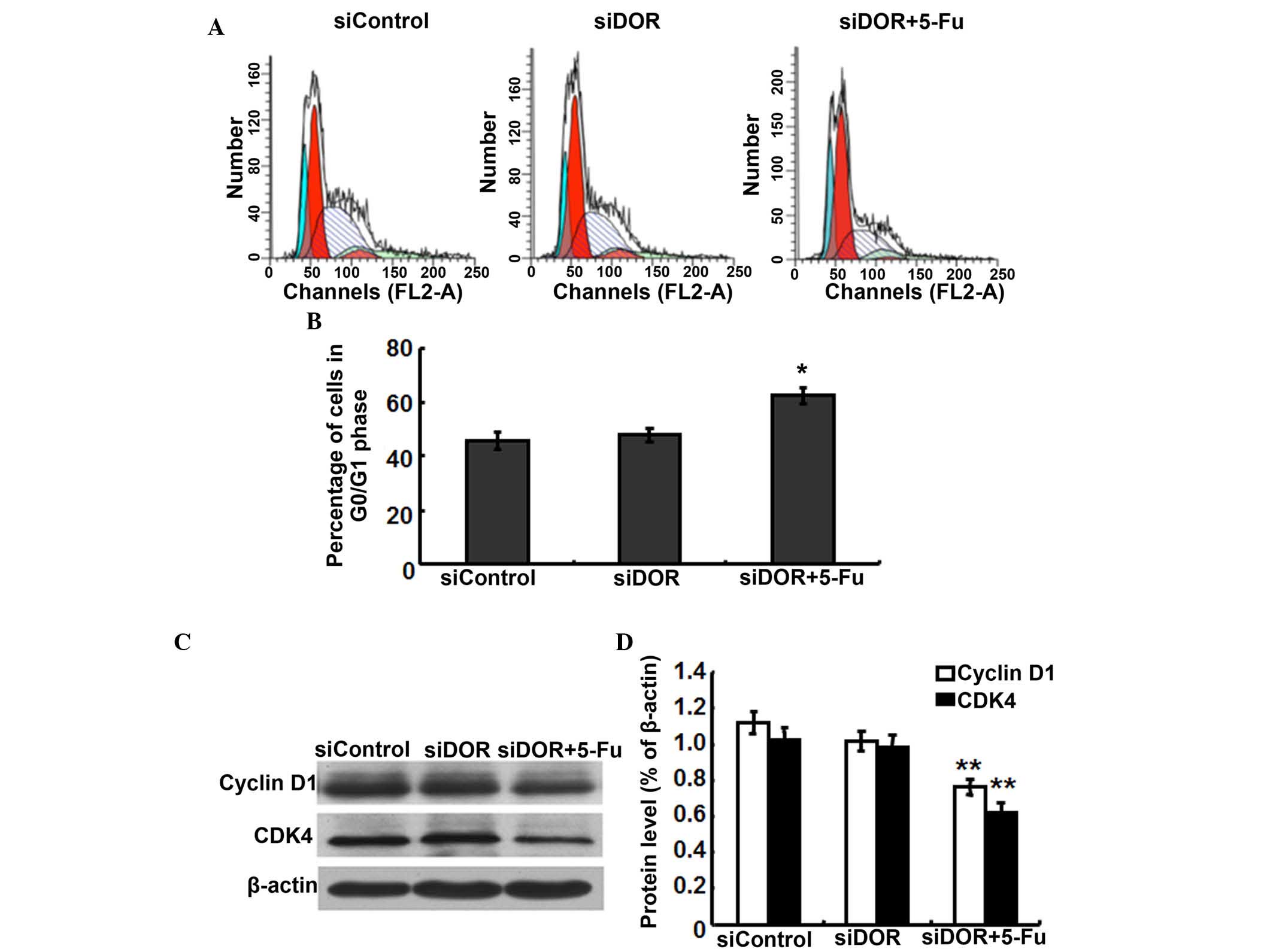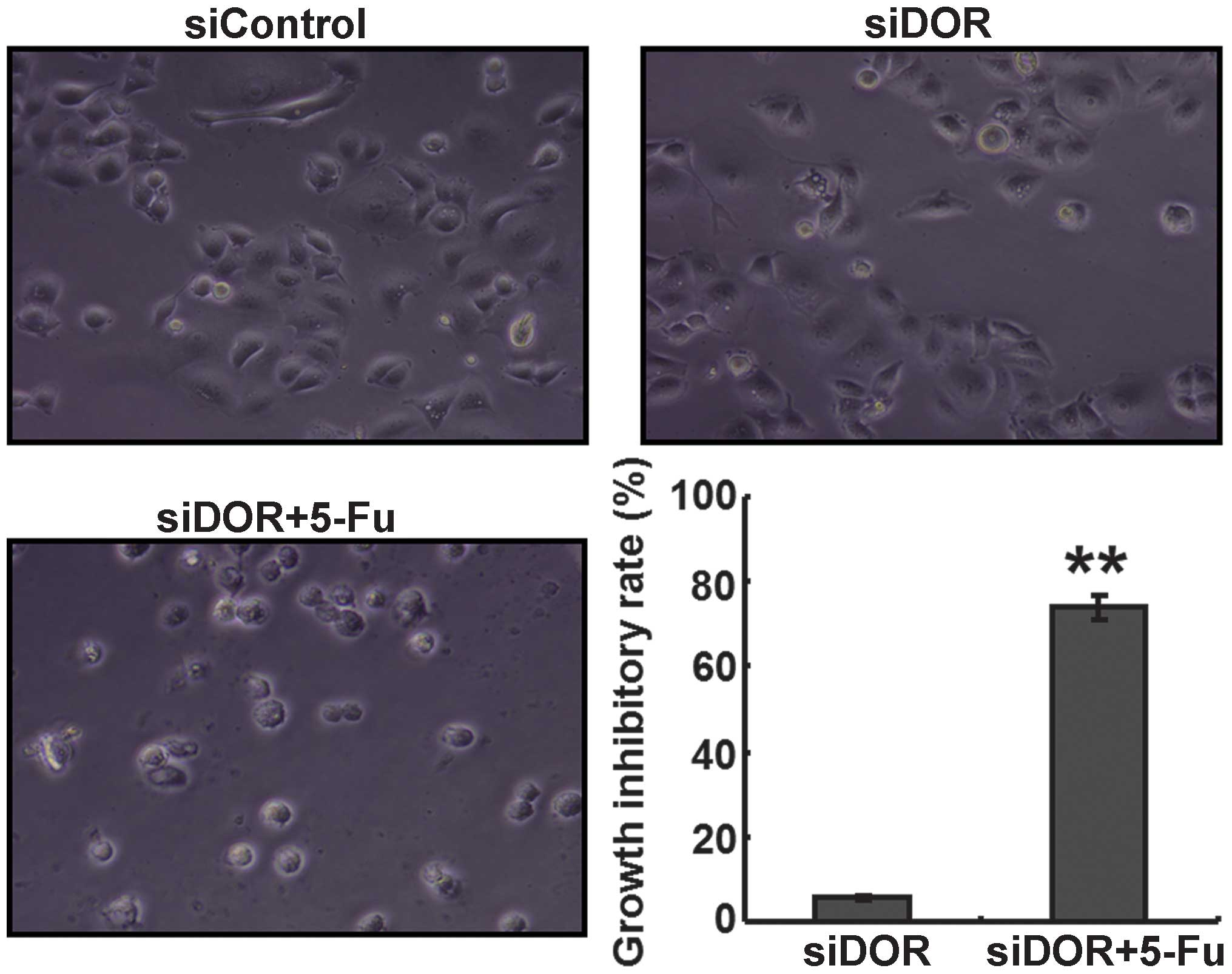|
1
|
Okuda K: Hepatocellular carcinoma. J
Hepatol. 32(1 Suppl): 225–237. 2000. View Article : Google Scholar : PubMed/NCBI
|
|
2
|
Wörns MA and Galle PR: Future perspectives
in hepatocellular carcinoma. Dig Liver Dis. 42(Suppl 3): S302–S309.
2010. View Article : Google Scholar : PubMed/NCBI
|
|
3
|
Rampone B, Schiavone B, Martino A, Viviano
C and Confuorto G: Current management strategy of hepatocellular
carcinoma. World J Gastroenterol. 15:3210–3216. 2009. View Article : Google Scholar : PubMed/NCBI
|
|
4
|
El-Serag HB and Rudolph KL: Hepatocellular
carcinoma: Epidemiology and molecular carcinogenesis.
Gastroenterology. 132:2557–2576. 2007. View Article : Google Scholar : PubMed/NCBI
|
|
5
|
Poupon R, Fartoux L and Rosmorduc O:
Therapeutic advances in hepatocellular carcinoma. Bull Acad Natl
Med. 192:23–32. 2008.In French.
|
|
6
|
Marin JJ, Romero MR and Briz O: Molecular
bases of liver cancer refractoriness to pharmacological treatment.
Curr Med Chem. 17:709–740. 2010. View Article : Google Scholar : PubMed/NCBI
|
|
7
|
Li G, Chen X, Wang Q, Xu Z, Zhang W and Ye
L: The roles of four multi-drug resistance proteins in
hepatocellular carcinoma multidrug resistance. J Huazhong Univ Sci
Technolog Med Sci. 27:173–175. 2007. View Article : Google Scholar : PubMed/NCBI
|
|
8
|
Chow EK, Fan LL, Chen X and Bishop JM:
Oncogene-specific formation of chemoresistant murine hepatic cancer
stem cells. Hepatology. 56:1331–1341. 2012. View Article : Google Scholar : PubMed/NCBI
|
|
9
|
Takara K, Sakaeda T and Okumura K: An
update on overcoming MDR1-mediated multidrug resistance in cancer
chemotherapy. Curr Pharm Des. 12:273–286. 2006. View Article : Google Scholar : PubMed/NCBI
|
|
10
|
Zhai BJ, Shao ZY, Zhao CL, Hu K and Wu F:
Development and characterization of multidrug resistant human
hepatocarcinoma cell line in nude mice. World J Gastroenterol.
12:6614–6619. 2006.PubMed/NCBI
|
|
11
|
Yan F, Wang XM, Pan C and Ma QM:
Down-regulation of extracellular signal-regulated kinase 1/2
activity in P-glycoprotein-mediated multidrug resistant
hepatocellular carcinoma cells. World J Gastroenterol.
15:1443–1451. 2009. View Article : Google Scholar : PubMed/NCBI
|
|
12
|
Li B, Ye T, Zhao L, Li DH, Gou XH, Zhao
LY, Han L, Chen L, Yan LN and Gong JP: Effects of multidrug
resistance, antisense RNA on the chemosensitivity of hepatocellular
carcinoma cells. Hepatobiliary Pancreat Dis Int. 5:552–559.
2006.PubMed/NCBI
|
|
13
|
Warmann S, Göhring G, Teichmann B,
Geerlings H, Pietsch T and Fuchs J: P-glycoprotein modulation
improves in vitro chemosensitivity in malignant pediatric liver
tumors. Anticancer Res. 23:4607–4611. 2003.
|
|
14
|
Tang B, Li Y, Yuan S, Tomlinson S and He
S: Upregulation of the δ opioid receptor in liver cancer promotes
liver cancer progression both in vitro and in vivo. Int J Oncol.
43:1281–1290. 2013.PubMed/NCBI
|
|
15
|
Zhang B, Zhang X, Tang B, Zheng P and
Zhang Y: Investigation of elemene-induced reversal of tamoxifen
resistance in MCF-7 cells through oestrogen receptor α (ERα)
re-expression. Breast Cancer Res Treat. 136:399–406. 2012.
View Article : Google Scholar : PubMed/NCBI
|
|
16
|
Wang C, Lisanti MP and Liao DJ: Reviewing
once more the c-myc and Ras collaboration: Converging at the cyclin
D1-CDK4 complex and challenging basic concepts of cancer biology.
Cell Cycle. 10:57–67. 2011. View Article : Google Scholar : PubMed/NCBI
|
|
17
|
Collier TL, Schiller PW and Waterhouse RN:
Radiosynthesis and in vivo evaluation of the pseudopeptide
delta-opioid antagonist [(125)I] ITIPP(psi). Nucl Med Biol.
28:375–381. 2001. View Article : Google Scholar : PubMed/NCBI
|
|
18
|
Nicoll J, Axiotis CA and Bergasa NV: The
delta opioid receptor 1 is expressed by proliferating bile ductules
in rats with cholestasis: Implications for the study of liver
regeneration and malignant transformation of biliary epithelium.
Med Hypotheses. 65:1099–1105. 2005. View Article : Google Scholar : PubMed/NCBI
|
|
19
|
Hannon GJ: RNA interference. Nature.
418:244–251. 2002. View
Article : Google Scholar : PubMed/NCBI
|
|
20
|
Ren YJ and Zhang Y: An update on RNA
interference-mediated gene silencing in cancer therapy. Expert Opin
Biol Ther. 14:1581–1592. 2014. View Article : Google Scholar : PubMed/NCBI
|
|
21
|
Lazarczyk M, Matyja E and Lipkowski AW: A
comparative study of morphine stimulation and biphalin inhibition
of human glioblastoma T98G cell proliferation in vitro. Peptides.
31:1606–1612. 2010. View Article : Google Scholar : PubMed/NCBI
|
|
22
|
Hatzoglou A, Bakogeorgou E and Castanas E:
The antiprolif-erative effect of opioid receptor agonists on the
T47D human breast cancer cell line, is partially mediated through
opioid receptors. Eur J Pharmacol. 296:199–207. 1996. View Article : Google Scholar : PubMed/NCBI
|
|
23
|
Kuniyasu H, Luo Y, Fujii K, Sasahira T,
Moriwaka Y, Tatsumoto N, Sasaki T, Yamashita Y and Ohmori H: CD10
enhances metastasis of colorectal cancer by abrogating the
anti-tumoural effect of methionine-enkephalin in the liver. Gut.
59:348–356. 2010. View Article : Google Scholar
|
|
24
|
Effendi K, Mori T, Komuta M, Masugi Y, Du
W and Sakamoto M: Bmi-1 gene is upregulated in early-stage
hepatocellular carcinoma and correlates with ATP-binding cassette
transporter B1 expression. Cancer Sci. 101:666–672. 2010.
View Article : Google Scholar : PubMed/NCBI
|
|
25
|
Fantappiè O, Solazzo M, Lasagna N, Platini
F, Tessitore L and Mazzanti R: P-glycoprotein mediates
celecoxib-induced apoptosis in multiple drug-resistant cell lines.
Cancer Res. 67:4915–4923. 2007. View Article : Google Scholar : PubMed/NCBI
|
|
26
|
Ling X, He Y, Zhang G, Zhou Y and Yan B:
Increased P-glycoprotein expression in mitochondria is related to
acquired multidrug resistance in human hepatoma cells depleted of
mitochondrial DNA. Int J Oncol. 40:109–118. 2012.
|















